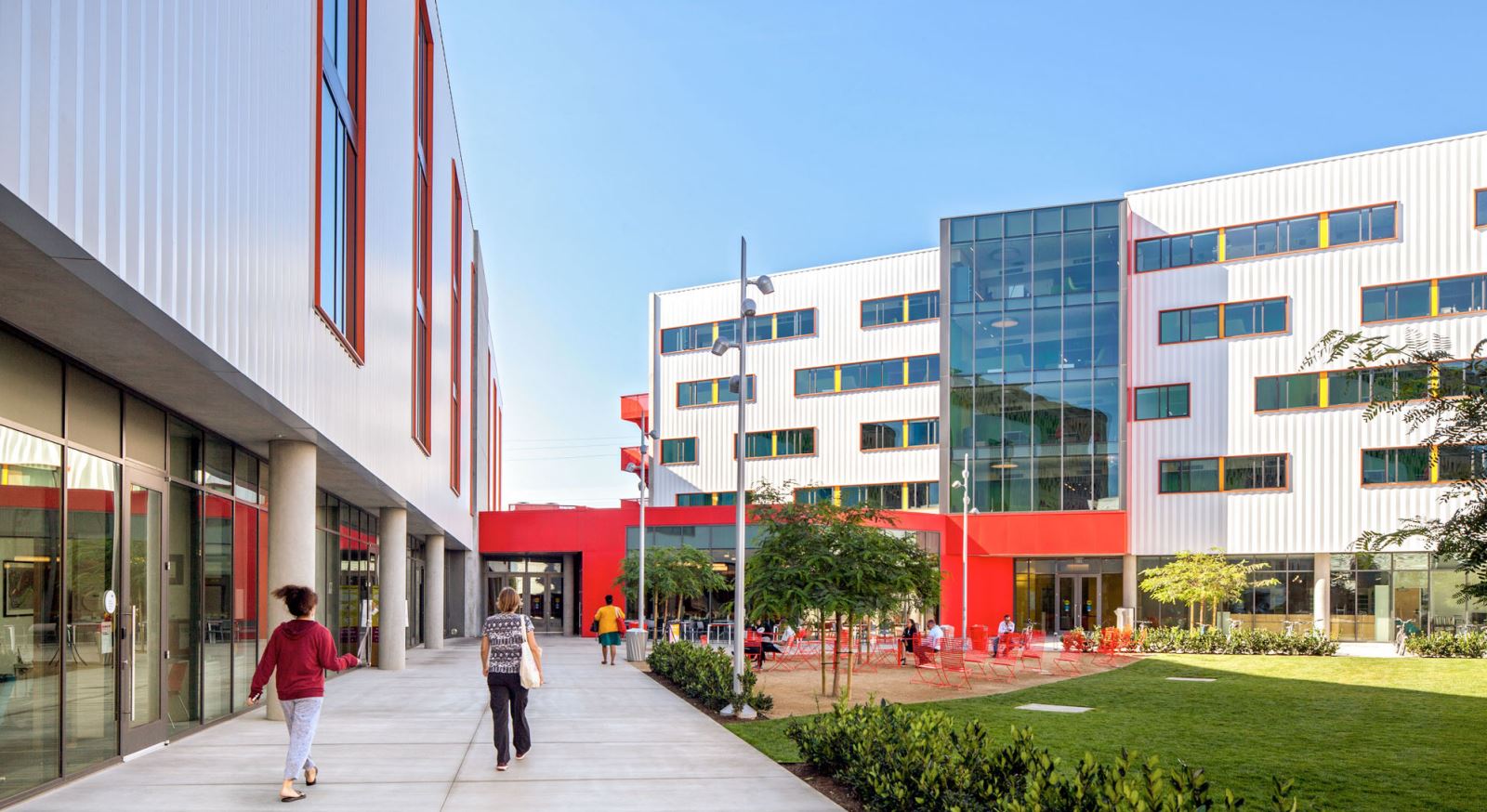
Fine and performing arts went from being one of the fastest growing sectors in California’s creative economy to the one with the steepest drop in employment during the pandemic, a new study from the Otis College of Art and Design in Los Angeles found.
The sector’s workforce contracted by 19.4 percent due to the economic shutdown, accounting for 76,000 jobs statewide in 2020.
Other creative fields proved more resilient. Although entertainment and digital media dipped by 3.3 percent in 2020, in large part due to changes in the production of entertainment content, it remains California’s most robust sector. It employed nearly one million workers statewide in 2020, largely concentrated in Los Angeles County and the Bay Area.
Meanwhile, architecture and related services have also proved especially strong in the wake of COVID-19. The sector’s workforce of 225,850 Californians in 2020 reflected only a 2.2 percent decrease from the prior year.
Courtesy of Otis College of Art and Design.
“The creative economy is home to both some of the hardest hit sectors by the COVID-19 recession, such as fine and performing arts, as well as sectors that were able to pivot and grow, like entertainment and digital media, by adapting business models to shifting consumer demand,” the report read.
The creative goods and products sector accounted for the largest single-year loss of employment in California, with a reduction of approximately 4,000 jobs, or 10.4 percent, in 2020. But the pandemic only accelerated employment trends that had already been in motion for years. Hit by broader manufacturing problems, the sector employs only about 35,000 people in California.
Similarly, fashion has also been experiencing a long and steady decline in the state for years. Employing 52,000 workers in 2020, the sector saw a contraction in jobs of 14.4 percent from the previous year due to the pandemic.
The picture grows more complex when broken down by region. Prior to the pandemic, only the Bay Area, the Capital Region, and San Diego saw employment increase between 2007 and 2020. And while the Bay Area and Southern California account for 80 percent of creative economy jobs statewide, “the center of gravity seems to be shifting away from Hollywood and towards Silicon Valley,” the report states.
Once home to California’s largest creative economy workforce, southern California has seen a sizable contraction in employment due to both the pandemic and trends in the fashion and creative goods and products sectors. The Bay Area’s creative industries, by contrast, “continue to surge given the region’s strong technology base and a robust digital media presence.”
As the pandemic enters its third year, the report argues that “it is more critical than ever that stakeholders across California’s creative economy engage in evidence based discussions about how the state can support and foster inclusive development of our creative economy and implement strategies and policies that secure its future economic value.”
The creative economy was responsible for a total gross regional product (GRP) impact of $687.6 billion in 2020—the equivalent of roughly 23 percent of the state’s GRP.
It directly employs almost 1.4 million people and supports a total of 3.9 million workers across the state. The creative economy outperforms other industry sectors like government, manufacturing, health care, and retail trade—sectors that often receive greater economic development, talent development, and policy support.
According to the report, for every 100 jobs in the creative industry, an additional 180 jobs are supported in other sectors of the California economy. The economic activity generated by the California creative economy was worth more than $122.7 billion in taxes for all levels of government in 2020. In total, each job supported by the industry’s activity resulted in $31,461 in additional tax revenue.